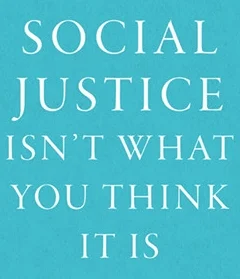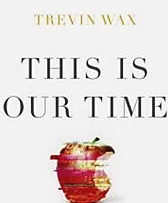J. C. Ryle as Model Churchman
I first encountered J. C. Ryle in a seminary course. It was David Jones’ basic ethics course. That class changed my trajectory for seminary and also introduced me to an outstanding author.
Ryle’s Holiness is one of the most overlooked Christian classics. It deserves to be continually in print, widely read, and often referenced. The book is a means of grace; the biography of the man who wrote it helps explain why.
Iaian Murray, co-founder of Banner of Truth Trust, has published a number of volumes on church history including several biographies. Every book of his that I’ve read has been well done. J. C. Ryle: Prepared to Stand Alone is no exception.
The volume contains thirteen chapters, which progress through Ryle’s life from childhood to the influence of his work after his death. Throughout his life, Ryle’s character is revealed in a way that helps explain the power behind his plainspoken writing.
Ryle was the son of a wealthy man and member of parliament who went bankrupt do to some bad decisions. The blessing of the bankruptcy was that it pushed J. C. Ryle into ministry to support himself. However, according to Murray, the elder Ryle’s debts were source of moral burden to the son, who tried to repay his father’s creditors, even on a meager salary.
The portrait of J. C. Ryle that emerges from these pages is one of a churchman. He was ordained into the Church of England and eventually rose through the ranks to become the first bishop of Liverpool.
However, Ryle’s rise was not due to politicking and compromise. In a time when liberalism was rampant within the Church of England and factions within the state church were attempting to reunite with Rome, Ryle vocally opposed both liberalism and ritualism.
In fact, Ryle was a conservative combatant in an era that, according to comments by Ryle, sounds much like our own day. In a collection of sermons, Home Truths, Ryle wrote:
“It is not Atheism I fear so much in the present times as Pantheism. It is not the system which says nothing is true, so much as the system which says everything is true. It is the system which is so liberal, that it dares not say anything is false. It is the system which is so charitable, that it will not allow everything to be true. It is the system which is so scrupulous about the feeling of others that we are never to say they are wrong … What is it but a bowing down before a great idol speciously called liberality? What is it all but a sacrificing of truth upon the altar of a caricature of charity? Beware of it if you believe the Bible.”
Ryle was a churchman in the best sense of the word. He took his pastoral responsibilities seriously, visiting many of the homes in his sprawling parish regularly. He preached to the people, not over their heads. He saw writing as an important part of his ministry, but not one that would allow him to forgo his local responsibilities.
As Ryle wrote in Charges and Addresses, he was leery of “a growing disposition throughout the land, among the clergy, to devote an exaggerated amount of attention to what I must call the public work of the ministry, and to give comparatively too little attention to pastoral visitation and personal dealing with individual souls.”
This meant that preaching was important and public polemics were important, but pastoral ministry was paramount to Ryle. There was no room for the celebrity pastor in Ryle’s worldview.
Part of Ryle’s story must include the death of those close to him. Ryle was single when he began his ministry, which, of course, makes getting married that much more difficult. He lost his first wife after a few years to a lingering illness and had to board his child elsewhere. He would remarry two more times, each time outliving his wives due to illness. Ryle’s life was one that witnessed to suffering and yet found the joy of the Lord within that experience. The power of his sermons and books was shaped by the pain in his life and the goodness of God through that pain.
Murray’s biography of Ryle is a worthwhile read. It synthesizes the bits of biography we have about Ryle and brings them to light for our contemporary era. Murray shows what made Ryle useful to God. While our calling may not be identical, and the circumstances may have changed, there is much in Murray’s portrait of Ryle that deserves attention and mirroring by current or future pastors.
Read Murray’s book. After you do that, read Ryle. It will be worth your time, without a doubt.
Note: I received a gratis copy of this volume from the publisher with no expectation of a positive review.































